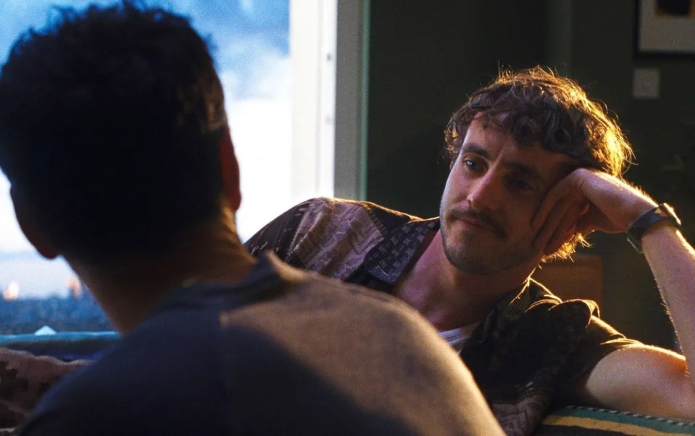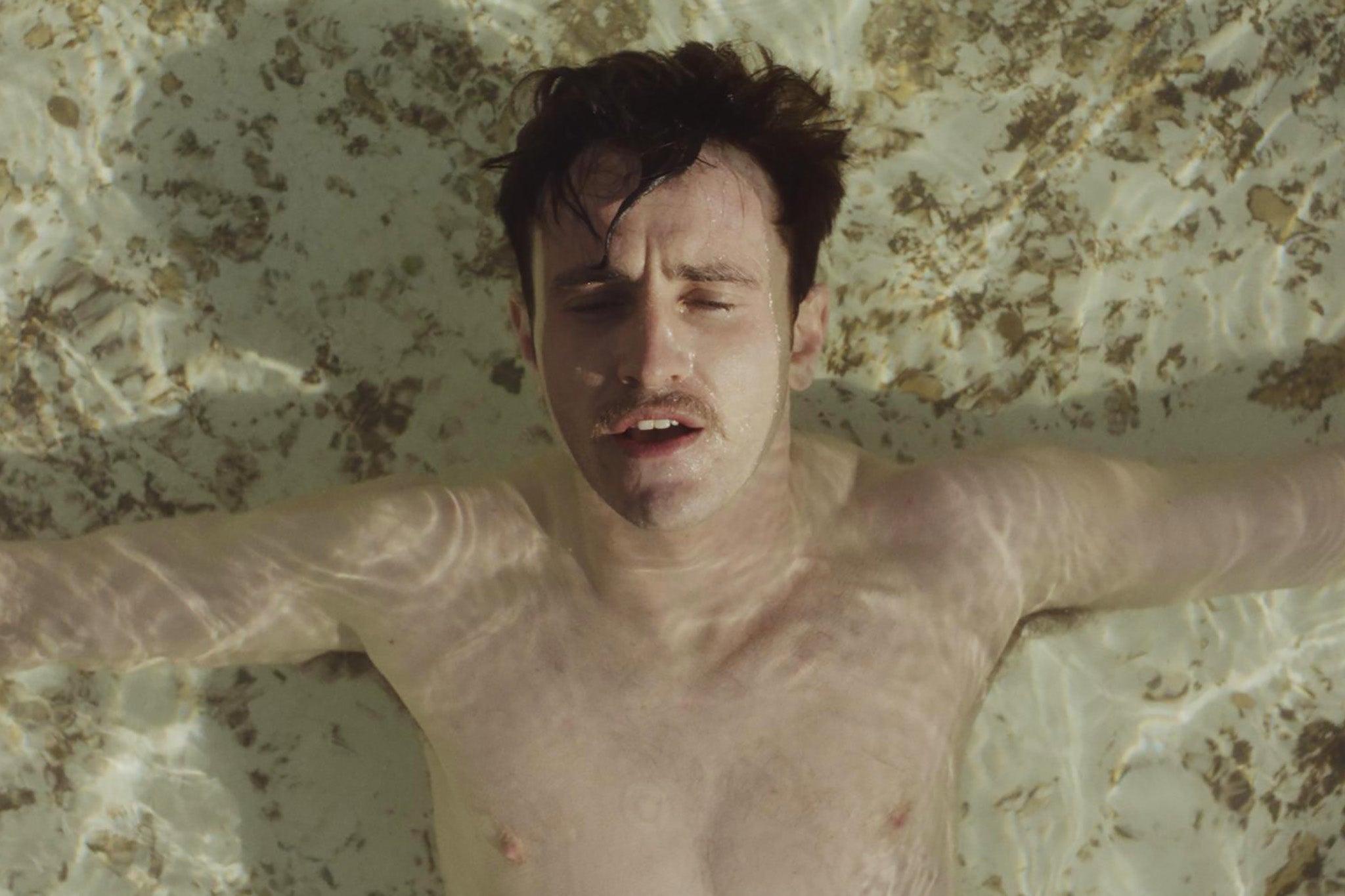Despite the buzz surrounding the Irish actor’s romantic team-up with Josh O’Connor, this is a slight, sentimental misfire from ‘Living’ director Oliver Hermanus
 Josh O’Connor and Paul Mescal in Oliver Hermanus’s ‘The History of Sound’ (Focus Features)
Josh O’Connor and Paul Mescal in Oliver Hermanus’s ‘The History of Sound’ (Focus Features)
An understandable level of buzz followed the news that two of our hottest young actors, Paul Mescal and Josh O’Connor, were starring in gay love story. But anyone pulling up in the hope of a passionate epic will experience severe anticlimax. The History of Sound, which has just premiered at Cannes, is not a continuous relationship drama but about a brief encounter that colours a life, and it is not characterised by the powers of its leading men – who have both delivered stronger performances in better films. It is another slight, sentimental film by the man who made the Bill Nighty vehicle Living.
 Director Oliver Hermanus
Director Oliver Hermanus
With a screenplay by Ben Shattuck adapting his own short story, director Oliver Hermanus takes a small, poignant idea and warps it into a two-hour film. It is 1917 when Kentucky farm boy Lionel (Paul Mescal) meets the worldly and charming David (O’Connor) at a music conservatory in Boston. We have been told through an opening voiceover that Lionel sees the colours of sound. So it makes sense that he looks over at David playing the piano in a smoky, wood-paneled bar and sees a rainbow.
Their meet-cute literally silences the room. Lionel mutters that he can’t sing over the noise and David responds by hushing everyone. Mescal, in owlish spectacles, is cracked open by O’Connor’s creased look of adoration. The camera loves the expressive contours of their individual faces, however Hermanus cannot get beneath the surface to what binds these men together. Their rapport is polite, then friendly, then familiar. It just never reaches love.
This is Lionel’s story, from 1910 to 1980, as he moves from Kentucky to Boston to Rome to Oxford and then back to America in search of lost time. There are a handful of memories in between when David pops up in his life. The consummation of their relationship at the conservatory is conveyed in restrained conversations. The big guns, such as they are, come out for a trip they later take through rural Maine to collect songs. “My grandfather used to say that happiness isn’t a story, so there isn’t much to say about those first two weeks,” says Lionel of this fleeting period of togetherness.
 Paul Mescal in ‘The History of Sound’ (Focus Features)
Paul Mescal in ‘The History of Sound’ (Focus Features)
A stately and sombre visual language delivered by director of photography Alexander Dynan (Paul Schrader’s cinematographer on First Reformed and The Card Counter) brings out the crisp leaves and sparkling lakes of the great outdoors, as the men stomp through a lived experience that also functions as a memory. In one of Hermanus’s few subtle accomplishments, David collects the stray feathers that have fled Lionel’s pillow and stuffs them back in as a secret act of care.
At this point the film still has all to play for, it’s just that when the two men go their separate ways (David insists that Lionel lives up to his musical potential rather than stay with him), the key thesis falters. The likes of Normal People and One Day worked because, over the long spells where a thwarted couple was kept apart, the intensity of their connection was unforgettable. Here David does not feel like the one that got away, so much as a good teacher who has moved on, while a folk music motif is not integrated into their story so much as adding extra padding in their lulls.

Paul Mescal in ‘The History of Sound’ (Focus Features)
As we follow Lionel around the world for episodic experiences, including a relationship with a woman, he transitions from Kentucky farm boy to famous singer and the film becomes increasingly anonymous. The backdrop of the First World War and Lionel’s family circumstances feature as lifeless splashes on an overly large canvas. Hermanus gestures towards a sweeping story and in the process loses the pulse of the material that is there. As the window dressing is lavishly built up, the love story itself slips away.





